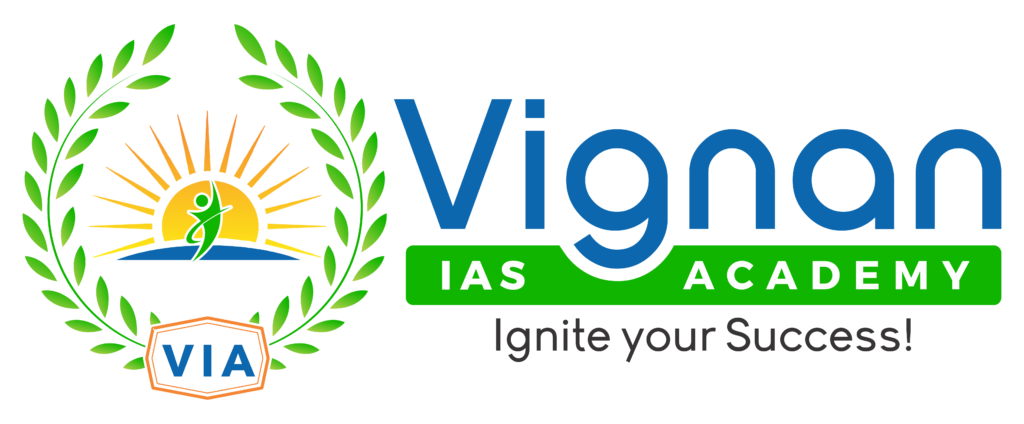Blog
July 6th Current Affairs
- July 6, 2021
- Posted by: admin
- Category: Culture Current Affairs Daily News Defense & Security Disaster Management Economy Education Environment & Ecology Ethics Geography Governance Health History International Relation Persons in News Polity Science & Technology Social Issues Sports Uncategorized UPSC Notification Videos
1. five Important Portals on Ayush sector.
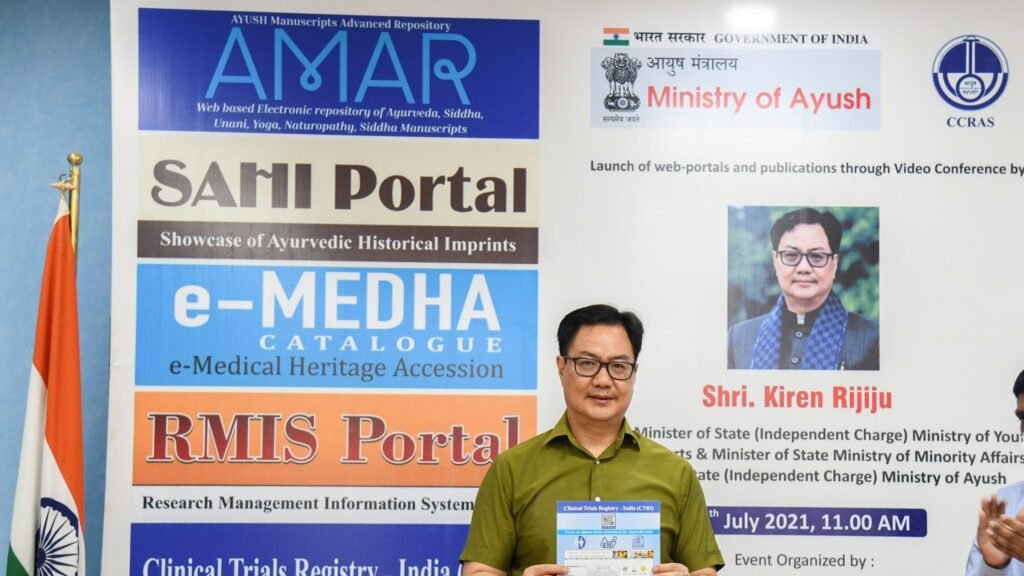
IN NEWS:
Minister of Ayush Shri Kiren Rijiju launches five Important Portals on Ayush sector
“All Ayush stakeholders to be benefited by these initiatives”.
At a virtual event, the Minister launched CTRI portal pertinent to Ayurveda Dataset along with AMAR, RMIS, SAHI and e-Medha portals.
He also released four publications related to the Traditional Indian Medicine System of India and lauded the collaborative efforts of ICMR and Archaeological Survey of India for these initiatives.
KEY POINTS:
significance of the portals:
1.Ayurveda Dataset on Clinical Trial Registry of India- CTRI is a primary Register of Clinical Trials under the world health Organization’s International Clinical Trials Registry Platform. Creation of Ayurveda Data Set in CTRI facilitates the usage of Ayurveda Terminologies to record clinical study based on Ayurveda interventions. This is a great step towards a worldwide visibility for Ayurveda based Clinical Trials.
2.CCRAS-Research Management Information System- A collaborative effort of ICMR and CCRAS, this portal will be a one stop solution for Research and Development in Ayurveda based studies. Free of cost research guidance by experienced Scientists, Clinicians of Ayurveda can be availed through this portal. Research tools, reference material are also in place in this portal.
3.E-Medha (electronic Medical Heritage Accession) Portal- Online public access catalog for more than 12000 Indian medical heritage books through NIC’s e-granthalaya platform.
4.AMAR (Ayush Manuscripts Advanced Repository) Portal- This Portal is of immense value and it has digitized information on rare and hard to find Manuscripts and catalogues of Ayurveda, Yoga, Unani, Siddha, Sowa Rigpa in libraries or in individual collections across India or in other parts of the world.
5.SHAI (Showcase of Ayurveda Historical Imprints) Portals- This portal showcases inscriptions, Archeo-botanical Information, Sculptures, Philological sources and advanced Archeo Genetic studies. This portal will be of tremendous use in understanding of Indian Knowledge system with a focus on indigenous health care practices.
Apart from these five Portals, four publications were also released by the Ministry of Ayush.
- Proceedings of International workshop on” Preservation and Promotion of SOWA-RIGPA in Asia
- Compendium of Important Cereals mentioned in Ayurveda-Series-1, volume-1
- Ayurveda Sangraha: An important classical textbook of Ayurveda which is mentioned in the Schedule 1 of Drugs and Cosmetics Act 1940. Up till now this book was available in Bengali language. Now it has been transliterated to Devanagari Script.
- PathapathyaVinishcaya– An important book of Ayurveda and has details of diet and lifestyle.
SOURCE:PIB
2. Open Network for Digital Commerce.

IN NEWS:
Department for Promotion of Industry and Internal Trade (DPIIT), Ministry of Commerce and Industry has initiated a project on Open Network for Digital Commerce (ONDC).
KEY POINTS:
The task has been assigned to Quality Council of India (QCI).
ONDC aims at promoting open networks developed on open sourced methodology, using open specifications and open network protocols independent of any specific platform.
ONDC is expected to digitize the entire value chain, standardize operations, promote inclusion of suppliers, derive efficiencies in logistics and enhance value for consumers.
Department for Promotion of Industry and Internal Trade (DPIIT)
- It is a central government department working under Ministry of Commerce and Industry. Department is responsible to formulate and implement promotional & developmental measures for growth of industrial sector based on national priorities and socio-economic objectives.
- Individual administrative ministries are responsible for planning, production, distribution and developmental aspects of industries allocated to them.
- But DPIIT is responsible for overall industrial policy. DPIIT is also responsible to facilitate and increase foreign direct investment (FDI) flows India.
SOURCE:PIB
3. NIPUN Bharat Programme.
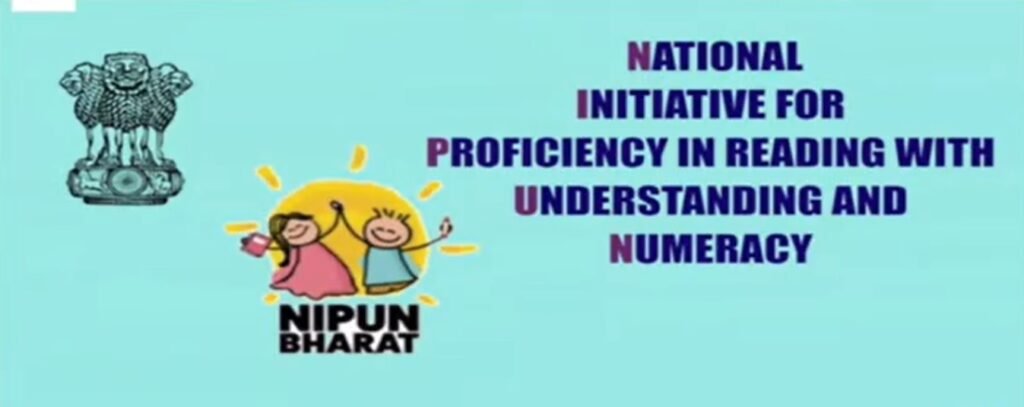
IN NEWS:
Union Education Minister launches NIPUN Bharat Programme.
NIPUN Bharat aims to cover the learning needs of children in the age group of 3 to 9 years.
KEY POINTS:
- Objective:To create an enabling environment to ensure universal acquisition of foundational literacy and numeracy, so that every child achieves the desired learning competencies in reading, writing and numeracy by the end of Grade 3, by 2026-27.
- Focus Areas:It will focus on providing access and retaining children in foundational years of schooling; teacher capacity building; development of high quality and diversified Student and Teacher Resources/Learning Materials; and tracking the progress of each child in achieving learning outcomes.
Implementation:
- NIPUN Bharat will be implemented by the Department of School Education and Literacy.
- A five-tier implementation mechanism will be set up at the National- State- District- Block- School level in all States and UTs, under the aegis of the centrally sponsored scheme of Samagra Shiksha.
- ‘Samagra Shiksha’ programme was launched subsuming three existing schemes: Sarva Shiksha Abhiyan (SSA), Rashtriya Madhyamik Shiksha Abhiyan (RMSA) and Teacher Education (TE).
- The aim of the scheme is to treat school education holistically, from pre-school to Class XII.
- A special package for foundational literacy and Numeracy (FLN) under NISHTHA (National Initiative for School Heads and Teachers Holistic Advancement) is being developed by NCERT.
- Around 25 lakh teachers teaching at pre-primary to primary grade will be trained this year on FLN.
- NISHTHA is a capacity building programme for “Improving Quality of School Education through Integrated Teacher Training”.
- Stage-wise targets are being set in a continuum from the pre-primary or balvatika classes.
SOURCE:TH
4. CoWin Global Conclave.
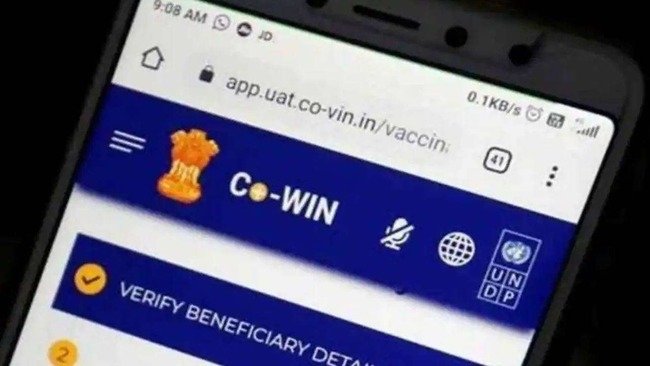
IN NEWS:
The Indian Prime Minister recently addressed the Cowin global conclave where India offered the CoWIN platform as a digital public good to the world to combat COVID19.
KEY POINTS:
- CoWIN (Covid Vaccine Intelligence Work) is the Indian government’s web portal to register for COVID-19 vaccination. It displays slots of COVID-19 vaccine available in the nearby areas and can be booked on the website.
- It is a secure and trustworthy proof helped people establish when, where and by whom they had been vaccinated.
- In totality, CoWIN is a cloud-based IT solution for planning, implementation, monitoring, and evaluation of Covid-19 vaccination in India.
- This allows the system to monitor the utilisation, wastage, coverage of Covid-19 vaccination at national, state, district and sub-district level.
- CoWIN system tracks on a real time basis the vaccination drive in India.
- The portal also provides vaccination certificates in digital format
- CoWIN is essentially an extension of eVIN (Electronic Vaccine Intelligence Network).
SOURCE:TH
5. Ambergris
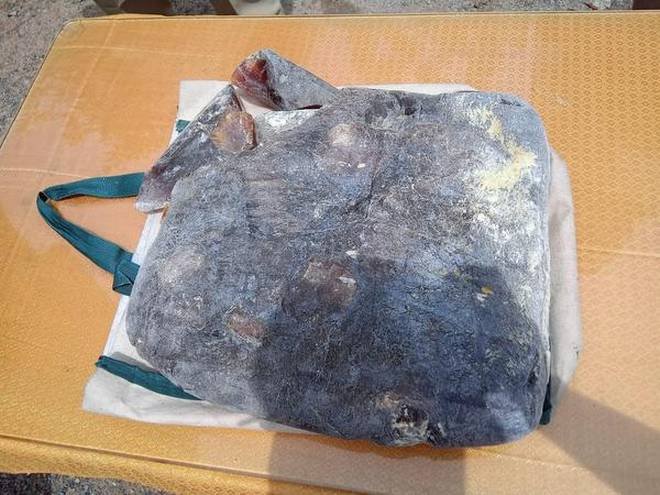
IN NEWS:
Ambergris worth ₹8 cr. seized from gang in Narasaraopet.
KEY POINTS:
- Ambergris, French for grey amber, is generally referred to as whale vomit.
- It is a solid waxy substance originating in the intestine of the sperm whale.
- Ambergris is produced only by an estimated 1% of sperm whales.
- Chemically, ambergris contains alkaloids, acids, and a specific compound called ambreine, which is similar to cholesterol.
- It floats around the surface of the water body and at times settles on the coast.
- Because of its high value it is referred to as floating gold. 1 kg of ambergris is worth Rs 1 crore in the international market.
- It is used in the perfume market, especially to create fragrances like musk.
- It is believed to be in high demand in countries like Dubai that have a large perfume market.
- Ancient Egyptians used it as incense. It is also believed to be used in some traditional medicines and as a spice.
Smuggling:
- Due to its high value it has been a target for smugglers especially in coastal areas.
- There have been several cases where the coastline of Gujarat has been used for such smuggling.
- Since the sperm whale is a protected species, hunting of the whale is not allowed. However, smugglers are known to have illegally targeted the fish in order to obtain the valuable Ambergris from its stomach.
Sperm Whale
- Sperm whale, (Physeter catodon), also called cachalot, the largest of the toothed whales, easily recognized by its enormous square head and narrow lower jaw.
- The sperm whale is dark blue-gray or brownish, with white patches on the belly. It is thickset and has small paddle-like flippers and a series of rounded humps on its back.
- They are found in temperate and tropical waters throughout the world.
- The greatest threats to sperm whales are those of habitat impacts including noise pollution and climate change.
- Other threats include entanglement in fishing gear, collisions with ships, and proposals to allow for a commercial hunt once again.
Protection Status:
- IUCN Red List: Vulnerable
- CITES: Appendix I
- Wildlife (Protection) Act, 1972: schedule I
SOURCE:TH
